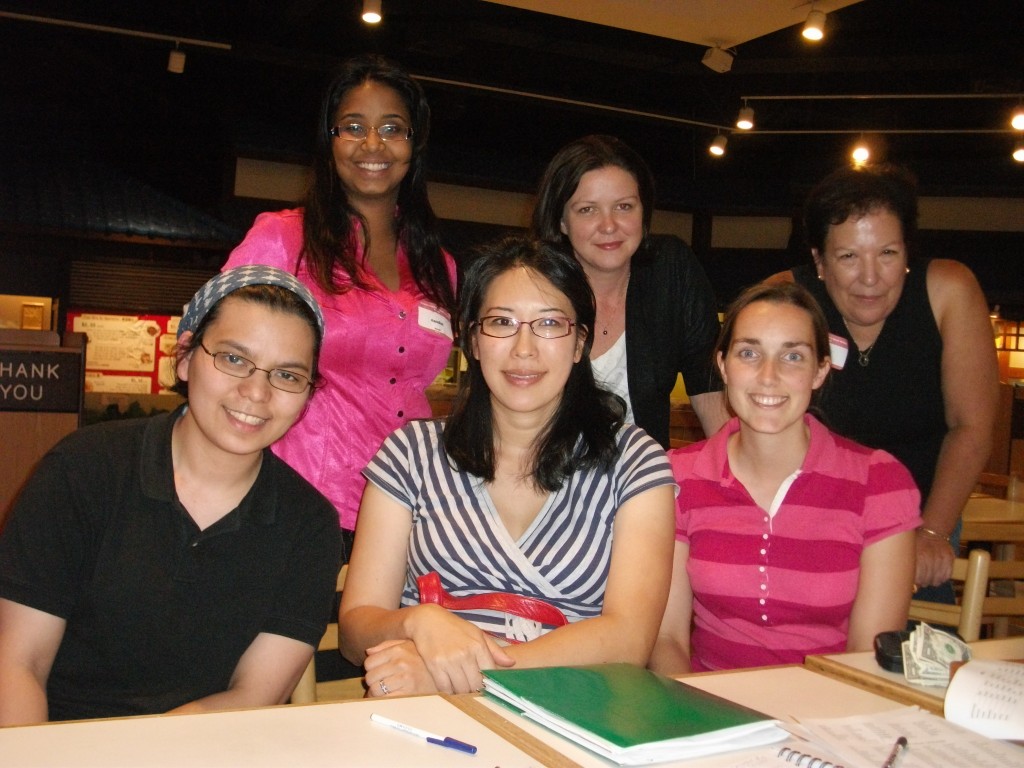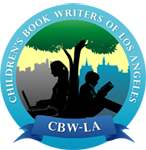We met at the Mitsuwa Food Court last September 30, 2010 for our first ever Creative Writing Session.
After a quick review of last week’s meeting, we dove into this meetup’s sessionundefinedwhich was about getting the creative juices flowing and about mastering the art of description.
The first part of the meetup was about generating/ sparking story ideas, and what to do with these story ideas, once generated.
The second part of the meetup was dedicated to various writing activities. The writing exercises were designed to improve writing skills, by honing the use of language.
I explained that often times, the only kind of writing we do is related to the book/short story or article we’re working on. Sometimes we need a break from our work. We need to have moments when we write just for fun, or for the purpose of focusing on the act of writing itself. This is when creative writing exercises come in handy.
Before we delved into the exercises, we discussed the answers to three questions:

1. Why are story ideas important?
2. Where do story ideas come from?
3. How do we generate story ideas?
Why are story ideas important?
Most of us agreed that it’s important to keep writing, even when we’re waiting for a response on our most recent submission.
Just as it’s important to go to the gym to exercise so we can keep our physical body healthy, it’s also essential that we exercise the muscles of our imagination often.
Where do story ideas come from?
Story ideas are generated by our five senses-- something we taste, smell, hear, touch, but mostly generated by something we see. Maybe we get ideas from something we read in the newspaper, a photograph or painting, an event we witness live or watch in the news.

EJ also suggested that story ideas are generated by our experiences. I added that ideas can also be generated by strong emotions or feelings we may have. Maybe we’re mad at something or someone when we sit down to write in our journal – and that sparks a future story idea.
How do we generate story ideas?
I found a few tips from a website on how to generate story ideas, and added some of my own.
These tips I shared with my group members:
- Always carry a small notebook with you or any kind of writing material. Some writers carry index cards and a pen. Others a moleskin notebook that fits in their purse.
- Keep your mind open. Be more aware and observant of your surroundings, and of people around you. Events you hear on the news can spark story ideas, as well as people you see on the streets.
- When you see an interesting person, put yourself in their shoes. Imagine what their story is, or create a story about them.
- Read the newspaper/ a current events magazine. Real life stories can spark ideas for a writing piece ---whether its fiction or non-fiction
- Strive to have as many experiences as possible. Go to museums. Look at art pieces, or pieces of history. Looking at a particular piece might spark your next book idea. Be on the lookout for intriguing photographs or pictures. Watch movies & Read books undefinedespecially in your genre.
- Ask your relatives (especially the older ones) to tell you stories about their childhood. Write them down. Take note of their dialect, intriguing names and characters they might mention, as well as the major events happening around them at the time (ex. WW2)
- Keep a freewriting journal. Write for 15 minutes daily about anything that pops up into your headundefinedwithout editing them. Doodle on this journal, draw, create. Then look back at what you wrote every now and then. You might find an interesting passage to spark your story idea.
- Most of all, constantly exercise your imagination.
The last tip was our cue to start the creative writing exercises I’d come up with.
PART 1 EXERCISES
RIGHT BRAIN REIGNS (FREE WRITING)
Experimentation has shown that the two different sides, or hemispheres, of the brain are responsible for different manners of thinking. Simply put, we use our right brain for writing and our left brain for editing.
|
Left Brain
|
|
Right Brain
|
|
Logical
Sequential
Rational
Analytical
Objective
Looks at parts
|
Random
Intuitive
Holistic
Synthesizing
Subjective
Looks at wholes
|
 This exercise allowed us to tap into our right brain and to shut our internal editors out.
This exercise allowed us to tap into our right brain and to shut our internal editors out.
I told my group members that we were going to write continuously without stopping to edit or think, and without worrying about paragraphs, grammar or punctuation.
To make it easier, I gave us a general topic to write about: WRITING.
I told them to let their writing breathe, then I set the timer for 5 minutes.
When our five minutes was up, I asked everyone to find a good sentence among their ramblings. Everyone was hesitant at first, but soon it became clear that within the seemingly incoherent sentences, gems of poetic writing and wonderful language could be found.
Thrilled by our discoveries, we eagerly started our next exercise:
SHOPPING FOR IDEAS (USING WRITING PROMPTS)
This exercise was designed to help train our minds to keep on generating story ideas, despite not having the time or opportunity to write.
The night before I had printed out colorful pictures of various shops such as these:

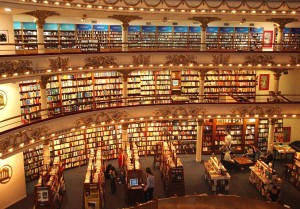
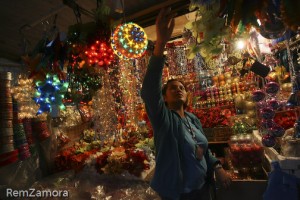
I told them that these are pictures of shops we might see around us as we go about our daily lives. I also told them that these shops don’t only sell things, they are also a treasure trove of story ideas.
I requestedthem to pick a picture from the pile, spend a few seconds looking at it, then make up a story about the pictureundefineda sentence or two would do.
After about a minute, we shared the stories we came up. It was amazing what we had come up with just by looking at a picture. One of us came up with a story about a library from the perspective of a cat, another came up with a story of a girl who inherits a psychic shop from an aunt, and so on.
Since there were more pictures, I told my group members that we should go for another round. We did the same thing and shared our ideas again.
We all eagerly wrote down our story ideas, knowing we would be able to use it in our own writing.
After going through the two exercises that would help us generate story sparks, we plunged into exercises that would help us practice our use of language itself.
PART 2 EXERCISES
WORDPOOL
I told my group mates that the journal every writer supposedly carries around isn’t just for writing down thoughts and feelings, it’s also for storing story ideasundefinedas well as creating Wordpools.
Susan Goldsmith Woodridge, in her book Poem Crazy, suggests that we collect words whenever we can. Words we see around us, or words that just pop into our heads. Look into dictionaries, field guides, write down street names, product labels, names of people, etc.
The Wordpool exercise is something I told the others we could do whenever we have some free time---maybe while we’re waiting for a ride home, while walking our dogs, even while cooking, as we come across an interesting food ingredient.
Wordpools are an excellent source of inspiration and a great way to stretch our imagination.
We created two Wordpools that night. A Noun Wordpool and a Verb Wordpool.
I encouraged them to write down specific nouns (ex. cottage or manor, instead of house) and strong verbs (ex. staggered or stumbled instead of walked). I set the timer for a minute and we all wrote down whatever nouns and verbs came into our minds.
We set aside our Wordpools for awhile and proceeded to the next exercise.
WORD ALCHEMY
I asked my groupmates what they thought Alchemy is about and they were pretty spot on with the definitions they gave.
Alchemy, according to Wikipedia, is defined as a medieval chemical science and speculative philosophy aiming to achieve the transmutation of the base metals into gold, the discovery of a universal cure for disease, and the discovery of a means of indefinitely prolonging life.
But dictionaries also define Alchemy as a power or process of transforming something common into something special.
The second definition, is of course, what we should always aim to do in our writing. And sometimes, the simplest process of mixing unexpected things together can create a great story idea.

Susan Goldsmith Woodridge, in her book Poem Crazy, suggests giving colors to abstractions or concepts. For example: Blue love, Chartreuse agreements, Silver deliberation, Magenta pride
In our Word Alchemy exercise, we combined two unlikely words to come up with a completely new word. On a post-it, I asked my groupmates to write down a colorundefinedmaybe something they remember seeing from a box of crayons.
I collected these post-its and placed them in one box.
In a second post-it, I asked my groupmates to think of an abstract concept. Examples would be love, pride, deliberation, agreement, etc
I placed these post-its in a second box, then I asked them to pick a color and a concept, combine them and write them down.
After writing down their new words, I asked them to pass the color post-it to the person on their right, and pass the concept post to the person on their left.
We did this several times until we each came up with six new color-concept words.
We came up with words like aquamarine peace, midnight suggestions, cerulean connotations and such.
We set these words aside and proceeded to the next exercise, which was inspired by one of the exercises from the book by Brian Kitely called 3AM Epiphany.
SYNESTHESIA
Synesthesia is defined as a condition in which one type of stimulation evokes the sensation of another, as when the hearing of a sound produces the visualization of a color. In writing, synesthesia is the description of one kind of sense impression by using words that normally describe another--color to sounds, odor to colors, sound to odors, etc.
I read an example: From Diane Ackerman’s A Natural History of the Senses;
A creamy blur of succulent blue sounds smells like week-old strawberries dropped into a tin sieve as the mother approaches in a halo of color, hatter and perfume like thick golden butterscotch.
Synesthesia is great for describing anything from characters to scenes, writing poetry and for breaking the monotony of paragraphs.
I asked everyone to divide their papers into 5 columns and label each column according to the five senses: Sight, Sound, Smell, Taste, and Touch.
We spent a minute on each column, writing down descriptive words that pertain to each of the senses.
For example:
o sight = blurry, twinkling,
o sound = honking,
o smell = lemon, pungent
o taste= vinegary, sweet
o touch= furry, curdled, silky
After five minutes, we proceeded to the final exercise of the night.
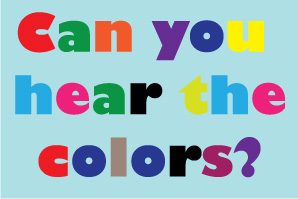
PUTTING IT ALL TOGETHER
I asked everyone to recall the Noun and Verb Wordpools we created, and color-concept words.
I gave them the following rules:
o Use at least 1 color-concept word.
o Use as many nouns, verbs and descriptive words from your lists as you want.
We combined all these words, along with the sense description words from our recent exercise to write a piece.
SHARING
After writing for ten minutes, I told them it was time to give our words power by sending them out into the ether. In order words, by sharing with others what we’ve created.
We shared our work with one another. We were amazed by the way our writing flowed when we used strong verbs, specific nouns, descriptive words which relate to the senses and added a flourish of color-concept words.
The language in our writing was poetic and much like a melody, flowed easily.
I summarized our creative writing session with the following words:
Much like physical exercises help improve our body’s health, writing exercises also help us stretch our writing muscles. Doing these exercises at least once a month, or even 5 minutes before working on your book will help us improve our imaginative and descriptive writing powers.
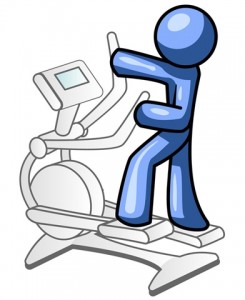
As a Bonus, I gave out a list of descriptive words pertaining to the senses (just like our Synesthesia exercise), which we might find useful when writing our novels. I encouraged them to keep on adding to the list.
We ended that night with minds full of story ideas and wonderful words.
